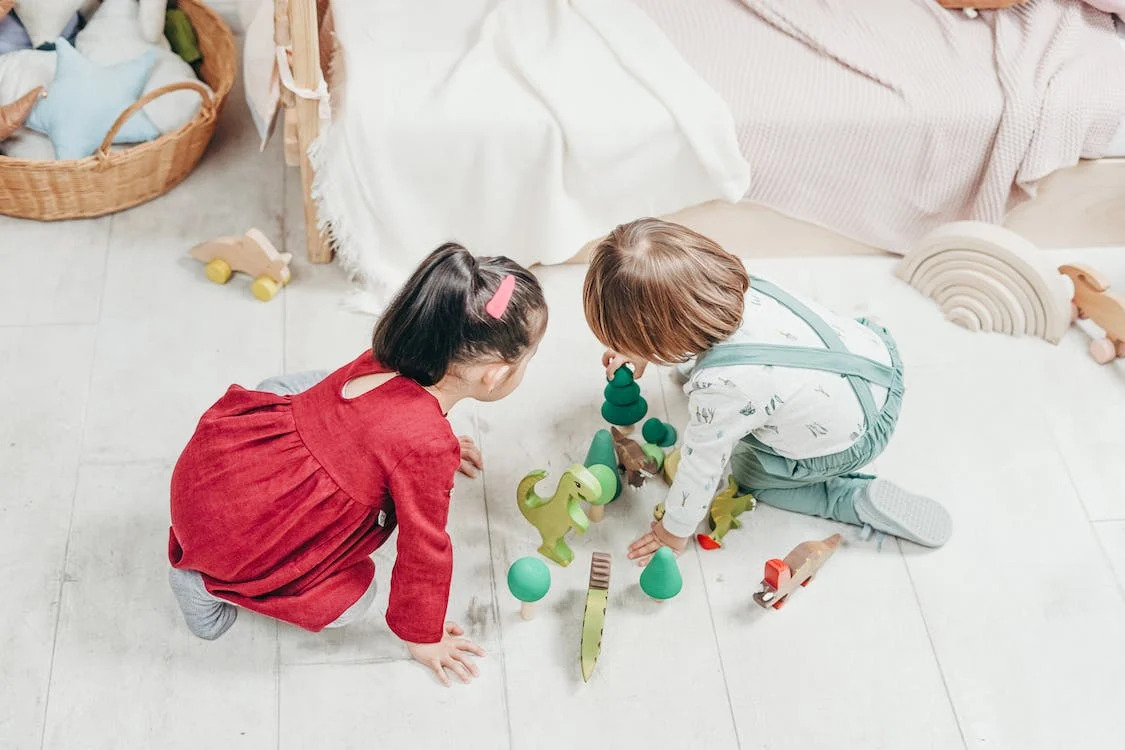Maintaining a spotless environment in child care settings is more than just an expectation – it’s essential for children’s health and well-being. For child care centres in Melbourne, prioritising hygiene in both play and learning spaces is critical, as it can reduce illness and support a safer experience for children, families, and staff. Here’s a guide on key aspects of child care cleaning practices to help maintain a clean, child-safe environment.
Why Cleaning Is Essential for Child Care Centres
Child care facilities are shared spaces with high levels of interaction and touchpoints, from toys to tables. When left unattended, these areas can foster the spread of germs, potentially affecting young immune systems. A targeted cleaning approach focuses on reducing pathogens while ensuring the use of products safe for young children.
Core Areas of Focus in Child Care Cleaning
- High-Touch Surfaces
Doors, tabletops, toys, and play equipment are some of the most-touched surfaces. Regular sanitisation, particularly of these high-touch areas, helps prevent the spread of bacteria and viruses. This is especially crucial during flu seasons when illnesses can spread easily among children and staff. - Bathrooms and Changing Stations
Bathrooms are prime areas for germs, making thorough cleaning practices essential. This includes not only sanitising surfaces but also ensuring supplies such as hand soap and paper towels are always available. Cleaning practices in bathrooms should focus on both disinfection and odour control for a more pleasant environment. - Flooring and Carpeting
Floors bear the brunt of foot traffic, spills, and dirt. In child care settings, a regular schedule of vacuuming, mopping, and carpet cleaning helps to prevent allergens and contaminants from settling in play areas. Eco-friendly, low-toxicity products ensure these cleanings don’t pose risks to the children using the space. - Air Quality Maintenance
Indoor air quality directly impacts health. Air filters should be cleaned regularly, and centres can consider air purification systems that capture dust, allergens, and bacteria. Maintaining clean air is especially valuable in closed spaces where young children spend extended periods. - Kitchen and Eating Areas
Ensuring food preparation and eating areas are sanitised is vital. This involves not only disinfecting tables and counters but also maintaining clean, hygienic floors and ensuring any utensils are stored and cleaned properly.
Selecting the Right Cleaning Service
When looking for a dedicated cleaning provider, it’s important to consider a team that understands the unique needs of child care environments. Services specialising in Child Care Cleaning Melbourne understand the importance of using safe, non-toxic products and can help design a cleaning schedule that fits the centre’s routines and requirements.
Eco-Friendly and Child-Safe Products
To safeguard children’s health, choose cleaning products that are both effective and free from harsh chemicals. Green-certified products reduce the risk of exposure to harmful residues, which can be especially important in spaces where children spend hours daily.
The Role of Scheduled Deep Cleaning
Regular, deep cleaning routines add another layer of safety by addressing areas that may be less accessible for daily cleanups, like vents, window ledges, and deep carpets. Incorporating a periodic deep clean into the routine helps maintain overall hygiene, especially in high-traffic areas.
By incorporating these cleaning strategies and selecting an experienced Child Care Cleaning Melbourne provider, child care centres can create a safer, healthier space for Melbourne’s youngest community members.

